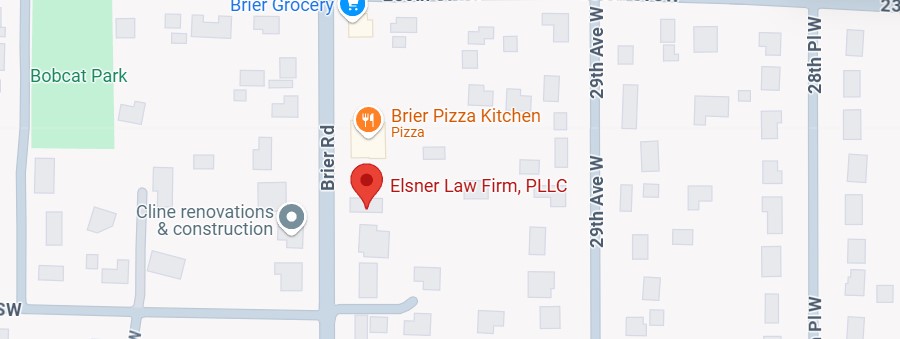Summary Judgments in Personal Injury Cases Explained
While many personal injury cases are settled outside of court through negotiation, there are times when a trial is necessary because the parties cannot agree. Trials can become long, complicated, and expensive as both sides present evidence and argue their case. A summary judgment is another legal way to resolve a lawsuit before going to trial, but it can only be used in situations where there is no dispute about the relevant facts in the case. Without any dispute about the facts, there would be nothing for a judge or jury to rule on during a case, and going to trial would not be a good use of anyone’s time.
Who Can File a Motion for Summary Judgment?
Either the plaintiff or the defendant can move for summary judgment. In rare cases, the judge may decide on their own that a summary judgment is appropriate. To request a summary judgment, a party must complete two items:
- The motion itself: In a motion, the moving party asks the court to rule in their favor.
- A memorandum supporting the motion: This provides the moving party’s arguments and evidence for why it would be appropriate for the court to rule in their favor on this issue based on the law.
Once the motion has been filed, the other party has time to respond. To oppose the summary judgment, they must either prove that there actually is evidence of a disputed fact or show that while the facts are undisputed, the moving party’s understanding of the relevant law is incorrect.
When Would a Summary Judgment Be Granted?
If the plaintiff or defendant moves for a summary judgment, they assume the burden of proof. If the plaintiff is the moving party, they must present their evidence to the judge to show that there are no facts that could be reasonably disputed and that they have a right to judgment under the law based on those undisputed facts. For example, if the plaintiff has a video clearly showing the defendant failing to stop at a red light which led to them crashing into the plaintiff, the evidence is indisputable, and the defendant’s negligence is apparent. In this case, the motion for summary judgment would likely be granted.
What Are the Benefits of a Summary Judgment?
A summary judgment can be used to avoid or simplify a trial. A summary judgment can cover the entirety of a case, or a partial summary judgment can be used to deal with particular claims or issues. For instance, in a personal injury claim, the issue of liability for the accident might be dispensed with using a partial summary judgment. However, a trial might still be needed to determine the damages awarded to the plaintiff. Your personal injury lawyer can help you decide if a motion for summary judgment is appropriate for your case.






